Don't wanna be here? Send us removal request.
Text

Using what you have

Art can sometimes come off as pretentious and showy with large installations and canvases the size of walls. People often think that in order to be a good artist you have to have the highest quality of paint, brushes, and other materials, but that isn't necessarily true. While it might aid in the creation process to have high quality materials, it is not essential. This carries over to subject matter for artworks as well. While you might not be in Paris, France sketching the Eifel Tower, there are many other things in your vicinity that you can sketch The world around us has a vast amount of synthetic and organic inspiration that can be utilized at any time.

An artist that displays the true organic creation of art is Andy Goldsworthy who is a sculptor from the UK. Goldsworthy uses the nature around him to create temporary art pieces that decompose over time. Some of his works include fallen leaves, rocks, sticks, stones, and even the manipulation of ice. If you have the chance I would suggest watching Rivers and Tides: Andy Goldsworthy Working with the Time. It is a 1hr 34min long documentary on Andy Goldsworthy and his art and I think about it a lot. Excuse my photo dump, but here are some of his artworks that are stunning.
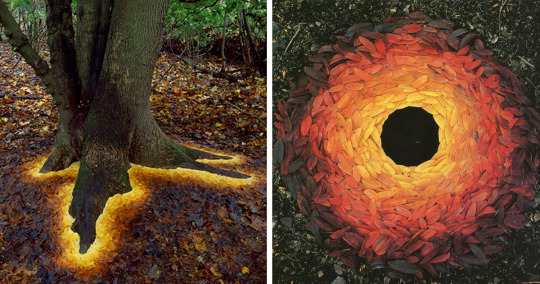
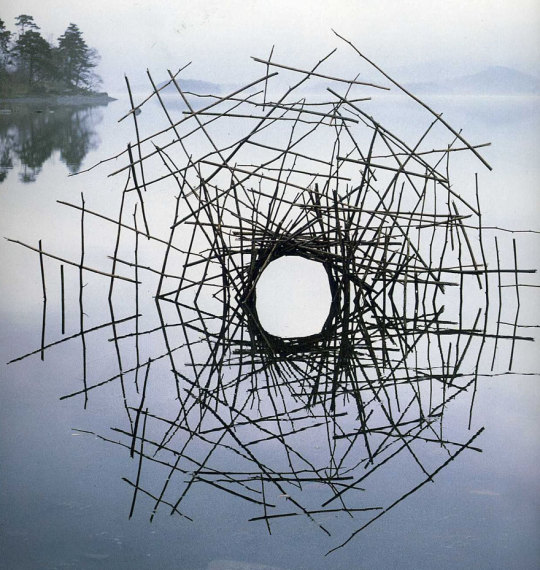
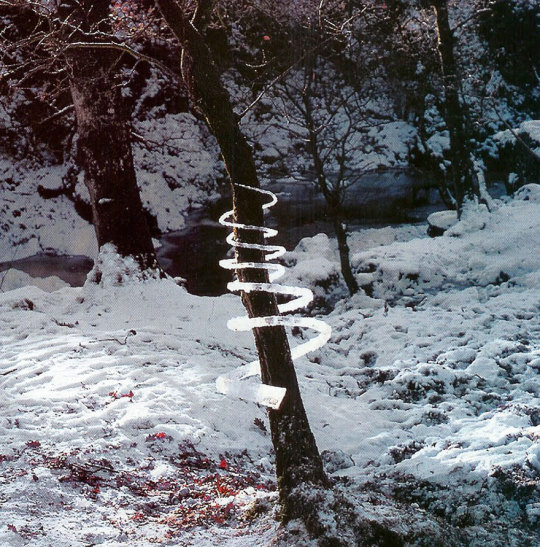
^^^ THIS IS ICE!! ^^^

Seeing the Possibilities

There are many ways to utilize the space around you and use objects that are readily obtainable to create art. The earth is very organic by nature and also geometric by nature. There are plants that grow geometrically and look very similar one plant to the next. It can also be found in beehives with the hexagonal honeycombs that the animals create. The way people cut grass in an back and fourth fashion and even the way houses are built along streets all follow some sort of geometric pattern.
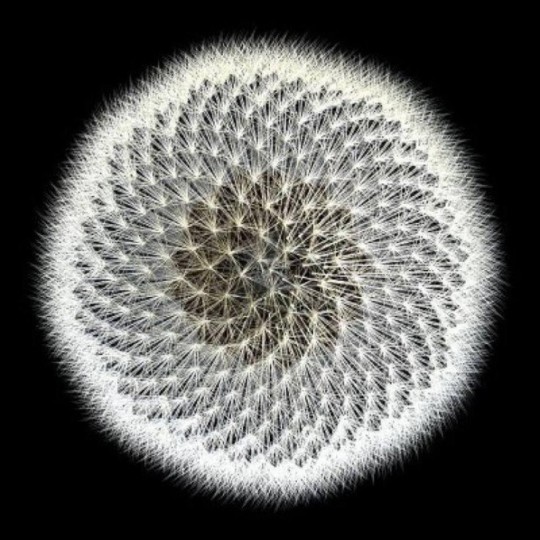

Organically speaking, the earth also grows and creates based on the recourses available and the treatment it faces day-to-day. Trees are a great example of this, because they grow according to how much light and water they receive, as well as soil and air quality. Reefs are similar and grow depending in the conditions they are in.


Utilizing nature and man-made patters, or lack there of, can be a great source of inspiration and ideation for artwork. Speaking of using what you have, I would like to introduce still life artwork. In my experience, still life has a bit of a bad wrap to it, and its understandable to see why. They have this sort of stereotype to them where you have to paint bowls of fruit and glassware perfectly. This used to be the case because it helped with learning techniques of painting. The citrus peels were for the artists to display their upmost talent in painting because peels are hard to paint. That being the case, if you don't want to paint fruit and glass then use every day items! I'm talking like your favorite plushy, a tennis racket, a funko pop, an old flip phone, and maybe even your furry friend - if they will sit still for a period of time - and put all the items in front of you. You can either lay them out in a line or build them up like a triangle and go crazy! There are a large amount of textures that can be found using these everyday items that are often overlooked.

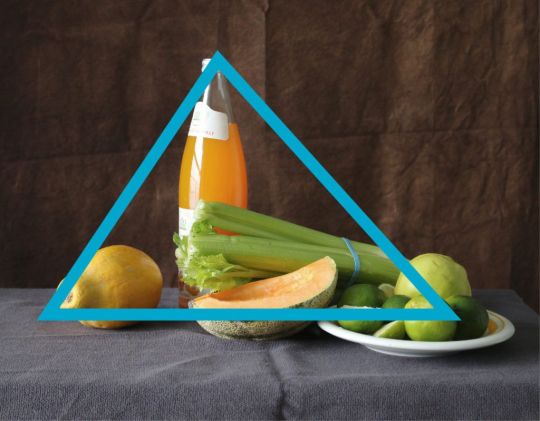
Tip of the Post

One way to spark creativity is to draw random everyday items. My friend recently sent a page of their sketchbook to me, and I though that the idea was so big brained that I would like to share it with you. They took a random object generator and for every object they got they drew a thumbnail of it on the sheet of paper. They continued to do this until the entire paper was filled and it created an amazing piece of artwork in the end.


Burnout

Burnout can often be a response to the overwhelming feeling and expectation to go big or go home when it comes to art. It makes the artist feel little to no ambition to create any type of art and inspiration plummets. Slowing down and reacting to the space around you instead of composing a grand piece can often be beneficial and can limit burnout. It is okay to work simple as long as you are doing what fulfills you.
#collage art#art tips#art style#artists on tumblr#art#artwork#original art#concept art#illustration#drawings#painting#photography#insperarional#insperatinal#geometry#geometric#organic#art supplies#burnout
11 notes
·
View notes
Text

Gaining Inspiration

Inspiration can be hard to come by at times, but don't let that discourage you from creating amazing art.

Finding inspiration can be as easy as googling "famous artist" or "famous artworks" and scrolling through the images that pop up. Doing this can remind you of artists and artwork that you may have heard of in the past. It can also bring attention to artists and artwork that are unfamiliar but fascinating to you. Learning about new styles, techniques, and influencers can help rid the dreaded creative block that every artist fears.
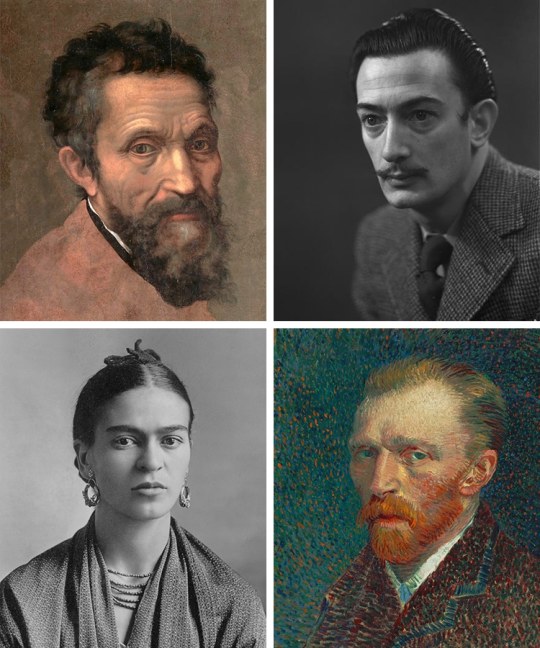
Critique. Hear me out, I know what a lot of you are thinking, or at least feeling. Critique is hard, scary, and mean, except it's really not. It can be very beneficial to gain the incite of another person or multiple people on a piece that you are working on. Sometimes it is easy to get sucked into a piece, and this can make it hard to see it from multiple perspectives. It's similar to the idea of "taking a step back" from a piece to see how its developed. The people who are critiquing your work might suggest that you add a bit more color in one area or remove some linework in another. At first it might feel embarrassing that you didn't think of these changes earlier, or maybe you think the advice is just bad. However, that doesn't need to be the case. After reflecting on what has been suggested, it might lead to a breakthrough that amplifies your artwork to push it to the "finished" product you were looking for. In the end, just remember that the artwork is yours and no one else's, and you don't have to do anything that you don't want to.
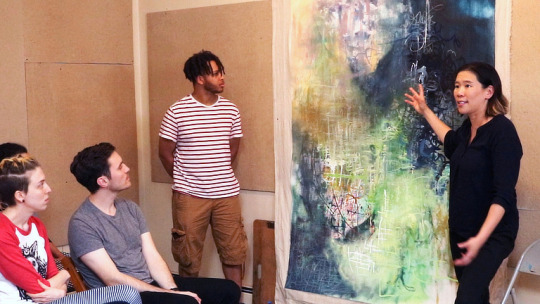
Your working space can be the make or break of your creative inspiration and ambition. It is important that you surround yourself in a space that you feel comfortable in and influences creativity. This doesn't mean that you have to rent out a studio next to your local bakery in order to create this space for yourself. Find a space in your living area that you can devote something as small as a hard surface and wall space. You can hang artwork, doodles, and even random objects on the wall to give it a creative flow. Try to accumulate your most used art materials in this space such as a couple charcoal pencils, graphite pencils, an eraser or two, a sketchpad etc. This can vary based on your preferred medium. Don't make it too overwhelming by trying to fit all of your art supplies into this area, utilize storage containers, shoe boxes, bags etc. for the things that you don't find yourself using often. Having this space can help put yourself into a creative mindset and it may present itself in the art you create.

Tip of the Post

I know how hard creative block can be so I am here to try and help alleviate it a little with a drawing method that I have been using for years. The idea behind it is to get rid of the blank paper that can often be overwhelming. What you're going to do is slap some scribbles onto the blank sheet of paper.
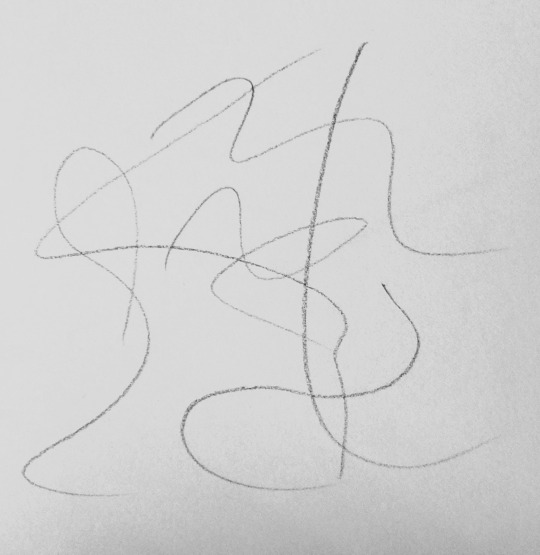
Now that the blank page is gone, I will kind of look at the scribbles and see if I can envision anything in the scribbles. If this feels overwhelming you can erase some lines or add more. Depending on the person, it may also help to think of a general idea of what you want to draw and draw the scribbles in the general shape of what you are thinking of. Doing this can inspire characters and scenery that you might not have thought of when trying to create a new artwork. You can also use markers instead of scribbles. I found that it is easier to use markers that are a little dry so that the ink isn't too dark and can be drawn over easily.

Creative Block
Don't let creative block win! There are many simple steps that can be taken to overcome this block. You don't have to do every single step that I showed here either. Pick and choose what fits for you, and what works for one person might not work for another. The possibilities for creativity are endless if you simply open yourself up to receiving them.
#art tips#art style#art#artwork#artists on tumblr#concept art#illustration#drawings#artistic#painting#drawing#freelancing tips#tips#critique#constructive critism welcome#criticism#insperarional#modivation
3 notes
·
View notes
Text

Understanding the Medium

Having an understanding of the medium you decide to use can be an essential factor to take into consideration. When creating a painting – specifically an oil painting – there is a quality of the paint that transcribes into the finished project. The way that the paintbrush strokes can be followed throughout the canvas, as well as the subtle mixing of colors when the paint is still wet.
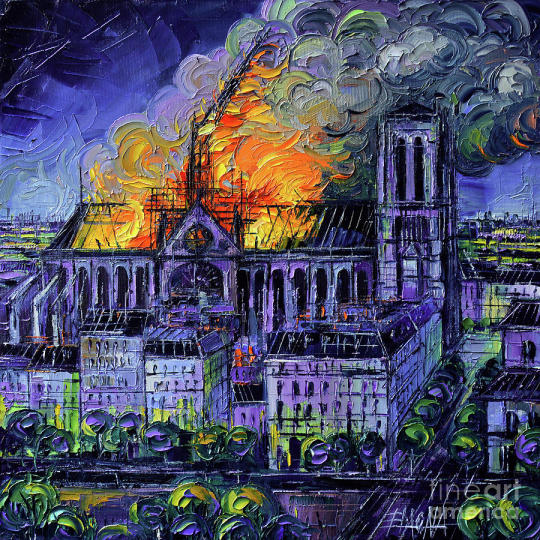
This knowledge can inevitably change the outcome of a piece, but don't fear! This does not always have to be a bad thing. One of the qualities of creating art is the ability to explore different mediums in a single artwork. Some people go crazy with the amount of mixed media they use on a singular art piece.
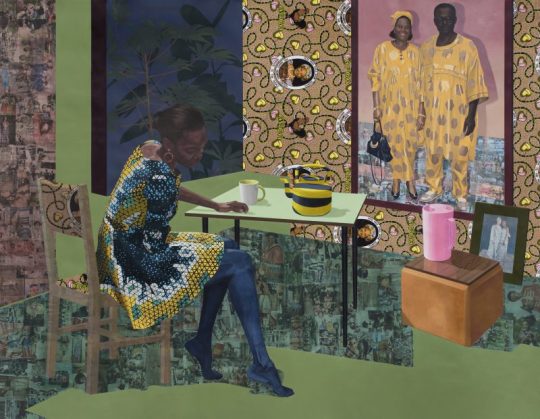
Tip of the Post

The media used is very influential on the outcome of an art piece that may be overlooked – especially in the digital art world. For example, I recently learned a transferring method, called sellotape printing, from one of my friends that allows you to transfer ink from paper to tape that you can then stick on another surface.
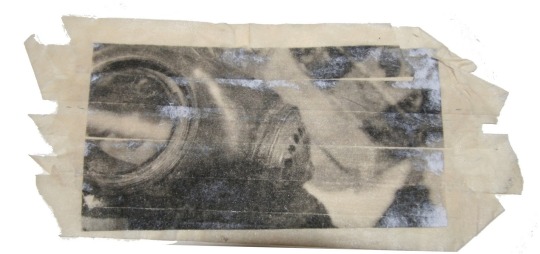
You start by putting masking tape onto the image or text that you would like to transfer. Then you put the paper under water until it essentially dissolves and all that is left is the tape. If done gently, there will be nothing, but the ink left on the tape. From there you are able to place the tape on another piece of paper to overlay images etc.
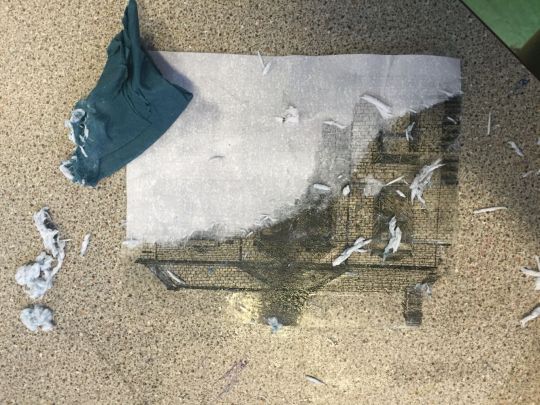
One thing I noticed while doing this is that the tape would no longer be as sticky as it was before, and I realized that it would have to be adhered with some sort of additional adhesive. The first few times that I did this I used rubber cement to attach it and I noticed that it released the ink from the tape and I was able to move it around with my nail once I placed the tape down. I used this to my advantage originally, but at one point I was trying to create a specific effect and the rubber cement basically dissolved the colored ink and it did not turn out the way I envisioned it to. I then found that a glue stick didn’t dissolve the ink and it worked much better for certain effects. This is a trial and error that I stumbled upon that I believe made aspects of my work better than they would have been without experimentation.
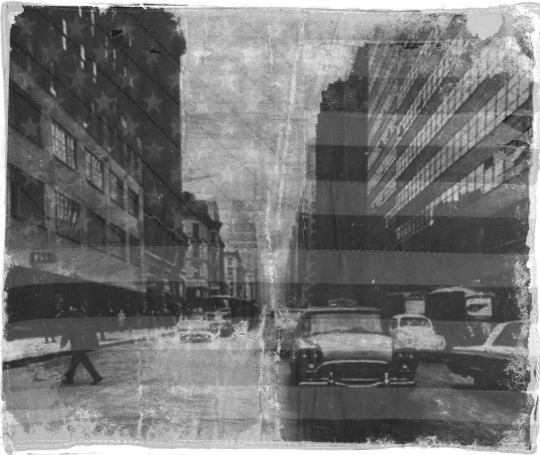
Beating Perfectionism

Being a perfectionist is something that many artist are plagued with, and many others go against. Don't get me wrong, perfectionism can be a good thing . . . in moderation. Perfectionism often gives the idea of "pixel perfect" or "hyper-realistic" which is what some people want. However, this idea of perfection can sometimes limit the potential of an artist and their work.
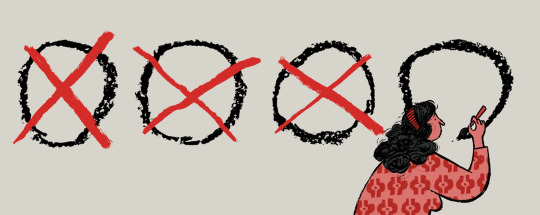
Being in a mindset where everything that you make must be perfect can make it hard for a piece of work to grow into its full potential. For example; say you have an idea for a drawing, and in your head, you know exactly what you want it to look like. You start drawing the first subject matter and you realize you don't like the way it looks. Maybe you get frustrated and erase it, throw it out, or lose confidence and ambition altogether and give up. For this example, let's say you push through and continue the drawing. You may find yourself being hyper-critical over every line you put down, and in the end, you are less than satisfied with the product. It may even go as far as deterring you from starting another drawing in the future because it was more a project for robots than a passion project. This can be the outcome of a perfectionist mentality because the desire to make something perfect can become overwhelming and unrealistic.

Don't fear the art of imperfection! In Japanese aesthetics, a worldview called wabi-sabi embraces the art of imperfection in the world around us. An example of this is Kintsugi which is the art of fixing broken pottery by adhering the broken pieces back together with gold. The idea is that this creates a stronger and more beautiful piece from the formally broken.
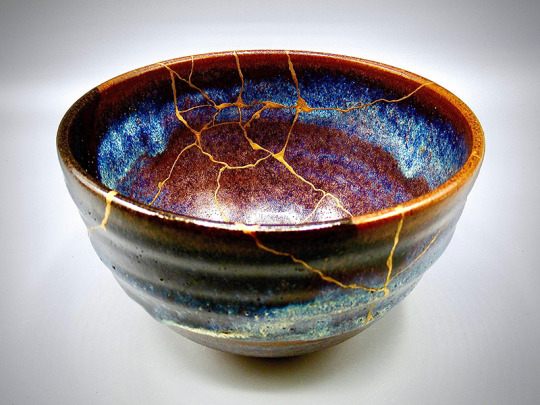
Don't Fear Experimentation
I know it's hard to leave your comfort zone, but don't let that stop you from creating new things. A hard lesson to learn as an artist is that not everything you make is going to be good and that is okay! Playing - and yes, I really mean playing - with different mediums can help you gain a better understanding and appreciation for certain techniques and art styles. It can also help your creative juices flow and lessen the feeling of obligation towards the pieces you make. Grab some markers, a couple pages from a random magazine, some tape, and your favorite color of paint, and go wild! It doesn't have to be "good", it just has to be real.
#art#artists on tumblr#art style#art tips#freelancing tips#study tips#skills#wabisabi#kintsugi#painting#drawing#texture#mixed media#collage#collage art#pottery#perfect#perfection#perfectionism#perfectionist#experimentation#experimental#procrastination#learn new skills#learn new things#technique
49 notes
·
View notes